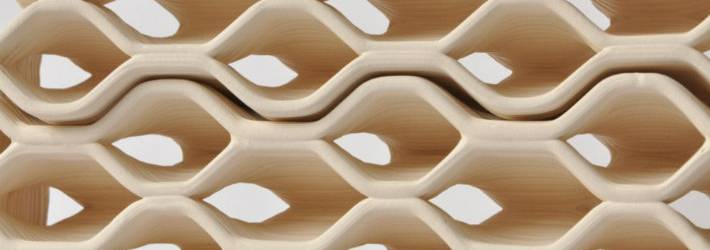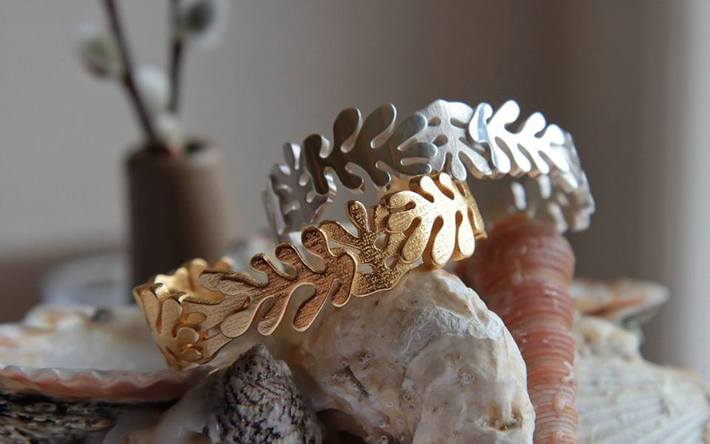5 Feb 2014
Has 3D Printing Found Its Home In The Netherlands?
Insight

In 2013 State of the Union address, Barack Obama announced 3D printing to be a strategic priority for the United States. US pledged to invest $1 billion into this technology and create a National Network of Manufacturing with institutes all across the country to encourage additive manufacturing investments in the US. The State of the Union address inspired not only the US, but also its rival China. The country pledged up to $112 million to aid development of the promising 3D printing technology and has set up an China 3D Printing Technology Industry Alliance.
It is not surprising that the competition for this revolutionary technology is rapidly heating up between superpowers like China and the United States. However, another country has produced several leaders of 3D printing market over the last 15 years and has become one of the key hubs of 3D printing. The Netherlands, a small Western European country is home to important companies like Shapeways, Freedom of Creation, Ultimaker and other early pioneers of 3D printing. So, how and why did the Netherlands become such a 3D printing-friendly country? Well, there are a few reasons.

Back in 1990s, Janne Kyttanen, an Amsterdam-based industrial designer from Finland, had a vision of finding a better way to design, manufacture, store and distribute products using 3D printing. A novel technology back then, did not have much of a commercial appeal - the printers were so expensive that any printed product could cost close to $7,000 per item. Janne even had problems to graduate from The Gerrit Rietveld Academy in Amsterdam, because people did not believe in him.
He did not abandon his vision, however. First, support came from Belgian 3D printing company Materialise, which commissioned Janne to design a line of 3D printable lamps. Later on, his vision step-by-step became Freedom of Creation - an exquisite 3D design company - making him one of the first pioneers of 3D printing in the Netherlands. Freedom of Creation is widely known for pioneering designs using 3D printing and has been acquired by 3D Systems in 2011.
In 2007, another seminal 3D printing company - Shapeways - was started as a small startup under the wing of Dutch mega-company Philips in Eindhoven. Peter Weijmarshausen, Robert Schouwenburg and Marleen Vogelaar came up with an idea of a 3D model marketplace while working at Philips design department in 2007. It was further developed under the Philips Lifestyle Incubatorprogram and later spinned off into a separate company. Right now Shapeways is arguably one of the most important companies in the 3D printing market.
Siert Wijnia, Martijn Elserman and Erik De Bruijn, the creators of Ultimaker, started in the Netherlands as well, meeting at the Fab Lab in Utrecht in 2009. They agree that if the Fab Lab was not there, we would not have seen the Ultimaker. The space allowed them to create a prototype of their 3D printer - and the environment to make your ideas into devices had a huge impact on developing 3D printing hardware. The concept of Fab Lab was born in Massachusetts Institute of Technology (MIT) and was quickly adopted in the Netherlands in 2007. Now there are Fab Labs in almost every city in the Netherlands - providing a hardware playground for aspiring inventors and entrepreneurs.

More consumer-oriented companies emerged in The Netherlands during the last few years.One of them is Dyvsign, founded by Yvonne van Zummeren, a designer who believes that telling a story behind the artwork makes people more enthusiastic about the art. Her bracelets, La Gerbe and themselves. A similar Dutch company Suuz gives a chance to personalize 3D printable jewelry.
3D Hubs, which gives an opportunity to print items on an idle 3Dprinter anywhere near you, was founded in April 2013. The founders of the company declare a strong belief in accessibility of 3D printing. 3D Hubs targets the consumer market, similarly to Ultimaker and Shapeways.
As for today, companies and organizations operating outside of the 3D printing industry start to be increasingly interested in 3D printing in the Netherlands. In August 2013, the world’s first 3D printed chair was ordered by Stedelijk Museum in Amsterdam. In September 2013, US office supplies chain Staples chose the Netherlands to test its first consumer-oriented 3D printing service, using paper-based MCor 3D printer.

In October 2012, Shapeways has opened a huge factory in New York (or should I say, New Amsterdam?). So, Barack Obama definitely has a reason to invest in order to secure a better place in the race for this future technology. And, if he wants to find companies that are two steps ahead, he might want to look around the Netherlands.
Comments